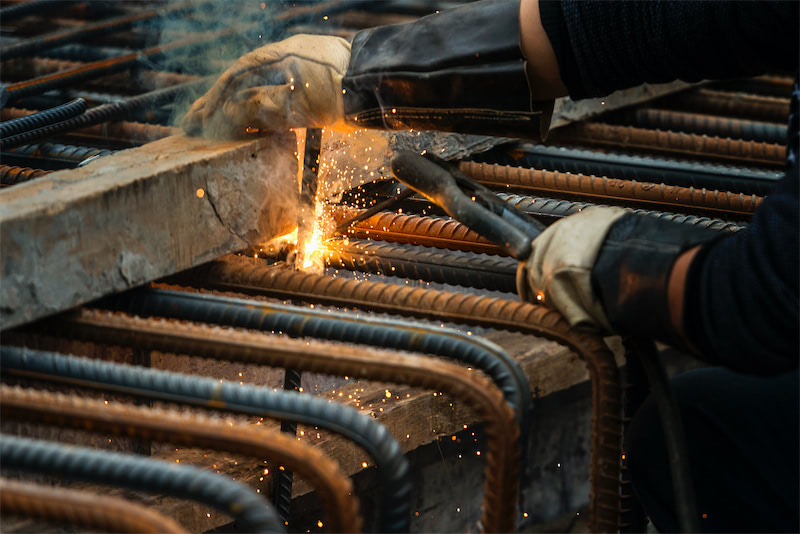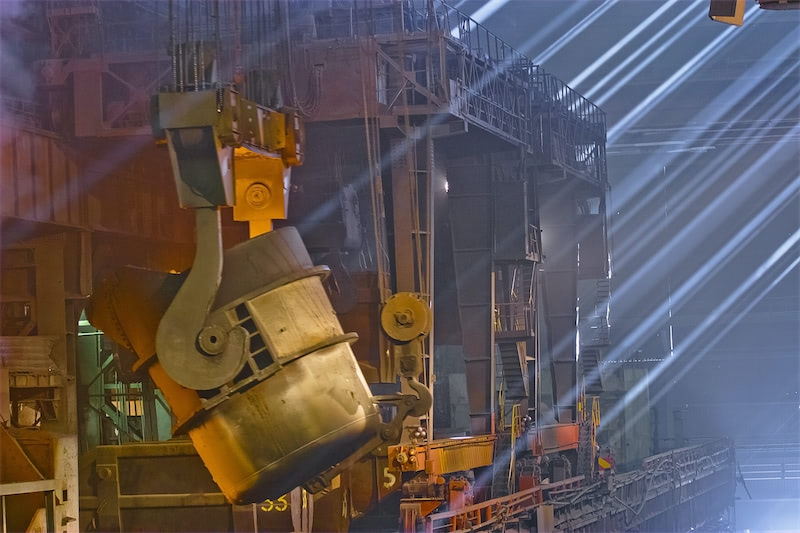






Since July, the domestic supply of aluminium scrap has remained tight. Coupled with multiple policy adjustments in the recycled metal industry, this has led to a decline in industry activity. Some secondary aluminium processing enterprises are facing difficulties in procuring aluminium scrap raw materials and poor industry profitability. As a result, there has been a partial substitution of primary aluminium for aluminium scrap in downstream applications. Although there is significant overlap between the downstream uses of primary aluminium and aluminium scrap, there are still some differences in industry products. Currently, the main primary processing products of domestic aluminium scrap are secondary cast aluminium alloy products, secondary remelted aluminium billet products, and secondary plate/sheet, strip and foil products. So, in what aspects is primary aluminium mainly substituting aluminium scrap, and what are the underlying reasons?
Ⅰ. Significant reduction in secondary remelted aluminium billet production in July-August; downstream extrusion enterprises repurchase primary aluminium billets
Remelted aluminium billets, also known as non-standard billets or secondary aluminium billets, are produced mainly from aluminium scrap, with all or part of the raw material being aluminium scrap. Currently, we refer to billets with an aluminium scrap content of over 50% as remelted aluminium billets, although there is no clear industry standard. The raw materials for remelted aluminium billets are mostly old extrusion materials and off-cuts of wrought aluminium alloy scrap. The main grades of remelted aluminium billets are primarily from the 6000 series, and their downstream applications overlap significantly with primary aluminium billets in areas such as construction materials and photovoltaic materials. Since July, the operating rate of the remelted aluminium billet market has remained sluggish, with monthly production continuing to decline. According to SMM data, the production of SMM China's remelted aluminium billet sample in July decreased by 35,000 mt MoM to 139,600 mt, a drop of nearly 20%. The operating rate fell by 8 percentage points MoM to 32%.
The main reasons for the decline in the operating rate of the secondary aluminium remelting billet industry are: ① Processing enterprises of remelting billets are constrained by the narrowing price difference between primary metal and scrap, leading to increased costs for purchasing aluminium scrap and poor industry profitability. ② In August, the comprehensive implementation of the "Fair Competition Review Regulations" in China resulted in some secondary aluminium processing enterprises no longer enjoying tax rebate incentives, leading to a cautious sentiment and production cuts. ③ Safety inspections in regions such as Henan led to some enterprises halting or reducing production for maintenance. ④ The operating rate of downstream construction extrusion enterprises weakened, resulting in decreased orders and production cuts.
In summary, the reduction in the circulation of remelting billets, firm quotations from holders, and the loss of price advantage for secondary aluminium billets (the price of remelting billets in July was already higher than that of primary aluminium billets), coupled with the decline in aluminium prices in July and August and the rangebound fluctuation of processing fees for primary aluminium billets, provided downstream extrusion enterprises with the opportunity to reselect primary aluminium billets, stimulating the destocking of primary aluminium billets domestically.
Ⅱ. Decrease in the proportion of scrap used by plate/sheet, strip, and foil enterprises; slight increase in the proportion of primary aluminium used
In recent years, to respond to low-carbon and environmental protection industry development goals, the proportion of scrap used in the domestic aluminium plate/sheet, strip, and foil industry has been increasing annually. However, in July and August, due to tight supply in the aluminium scrap market and a significant narrowing of the price difference between primary metal and scrap for 1-3 series aluminium scrap, the plate/sheet, strip, and foil industry had to temporarily increase the proportion of primary aluminium used. In addition to the decrease in the proportion of scrap used, the domestic aluminium plate/sheet, strip, and foil industry was in a seasonal downturn in July and August, leading to a decline in the operating rate and a reduction in the procurement of aluminium scrap to some extent.
III. Mainstream casting alloys such as ADC12 still primarily use aluminium scrap as raw material, with no substitutes available.
Casting aluminium alloys mainly conform to standards such as GB (China), JIS H (Japan), DIN (Germany), and ASTM (USA). The most common secondary aluminium product is the ADC12 aluminium alloy ingot. The aluminium element in this product can almost be 100% sourced from aluminium scrap, with no restrictions on the type of scrap used. This makes it the primary downstream processing sector for domestic aluminium scrap. According to SMM data, in 2024, the secondary aluminium alloy industry in China consumed 59% of the total aluminium scrap. Due to factors such as weak end-user consumption, losses, and policy changes, the operating rate has been continuously declining since April. SMM survey statistics show that the operating rate of the secondary aluminium industry in July 2024 fell by 2.1 percentage points MoM to 40.5%.
In addition to the industry's declining operating rate and reduced aluminium scrap demand, from a profitability perspective, the secondary aluminium processing enterprises experienced prolonged losses in July. According to the SMM ADC12 cost model, the cost of aluminium scrap in ADC12 accounted for 88.4% of the industry's total cost in July. Although there was a slight recovery in late August due to a rebound in aluminium prices, it was still difficult to achieve profitability using aluminium scrap. The possibility of enterprises substituting primary aluminium is almost non-existent. Moreover, the secondary aluminium alloy industry has a broad demand for various types of aluminium scrap. In July and August, the domestic aluminium tense scrap market was relatively loose, making it not difficult for enterprises to procure aluminium tense scrap.
Overall, in July and August, the phase of tight aluminium scrap supply led to insufficient supply of secondary wrought alloy aluminium scrap, causing some downstream remelting billet and plate industries to repurchase primary aluminium. However, the largest downstream sector of domestic aluminium scrap, the secondary casting alloy industry such as ADC12, still primarily uses aluminium scrap. As of now, the primary aluminium market has continuously risen, with the A00 spot price recovering to a high of 19,800 yuan/mt, offsetting previous declines. The aluminium scrap market has seen increased circulation activity, and holders are more willing to sell. With the retreat of high temperatures, market recycling volume is expected to improve, alleviating the supply-demand mismatch of aluminium scrap. Downstream production reductions due to policy factors are also gradually resuming. It is expected that both supply and demand for aluminium scrap will increase in September. However, the supply of wrought alloy aluminium scrap remains tight. The price difference between A00 aluminium and aluminium extrusion scrap is expected to fluctuate rangebound, but the price difference between A00 aluminium and aluminium tense scrap may widen due to increased supply of tense scrap.
For queries, please contact Lemon Zhao at lemonzhao@smm.cn
For more information on how to access our research reports, please email service.en@smm.cn

